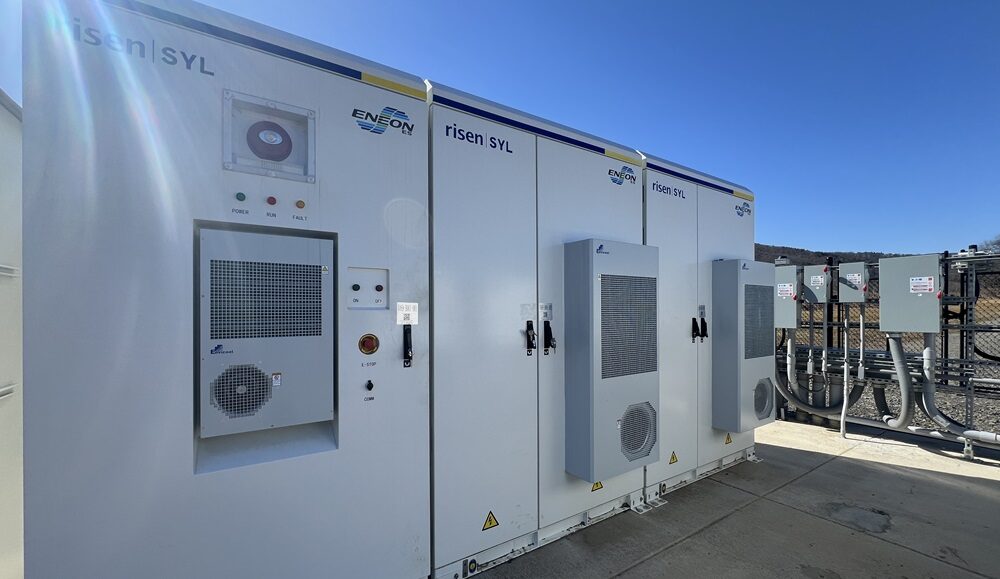Physicists in the United Kingdom and Finland have developed a new analytical model they claim can improve understanding of thin-film PV, leading to greater efficiency.
Researchers from Swansea University and Åbo Akademi University set out to create a better method of analyzing sandwich-type thin-film PV based on undoped semiconductors. They argue models using the Shockley ideal-diode equation, which has been used to explain how current flows through solar cells for nearly eight decades, leave gaps in understanding when applied to thin-film PV.
According to the researchers, models using the ideal-diode equation to analyze the J-V characteristics of PV devices fall short as they do not account for “injected carriers” – charges entering the device from its contacts. This isn’t a problem when analyzing a traditional silicon PV solar cell, however, thin-film PV can be hundreds of times thinner, meaning recombination between injected charges and photogenerated ones will have greater effect due to the much bigger interfacial regions present.
To better describe the current in devices with low charge-carrier mobilities such as thin-film PV, a model that accounts for the competition between charge extraction and recombination of photogenerated charge carriers is required, the researchers argued.
“The traditional models just weren’t capturing the whole picture, especially for these thin-film cells with low-mobility semiconductors, said Associate Professor Ardalan Armin of Swansea University, principal investigator on the project. “Our new study addresses this gap by introducing a new diode equation specifically tailored to account for these crucial injected carriers and their recombination with those photogenerated.”
The researchers created an analytical model for current that accounts for the interplay between charge-carrier extraction, injection and biomolecular recombination. It’s claimed the model offers a new framework for designing more efficient thin solar cells and photodetectors, optimizing existing devices and analyzing material properties. The model was validated against numerical simulations and tested experimentally on organic solar cells.
“Our findings provide key insights into the mechanisms driving and limiting charge collection, and ultimately the power-conversion efficiency, in low-mobility PV devices,” said Dr. Oskar Sandberg of Åbo Akademi University, lead researcher on the project.
The full study titled “Diode Equation for Sandwich-Type Thin-Film Photovoltaic Devices Limited by Bimolecular Recombination” was published in PRXEnergy and is free to access online.
“The obtained findings provide vital physical insights into the interplay between charge-carrier extraction, injection, and bimolecular recombination and their influence on the device performance,” the scientists said. “In addition, the derived approximations can be used to extract material parameters from experimental data, for example, using a global fitting procedure, in systems where bimolecular recombination is the dominant loss mechanism of photogenerated charge carriers.”
This content is protected by copyright and may not be reused. If you want to cooperate with us and would like to reuse some of our content, please contact: editors@pv-magazine.com.



By submitting this form you agree to pv magazine using your data for the purposes of publishing your comment.
Your personal data will only be disclosed or otherwise transmitted to third parties for the purposes of spam filtering or if this is necessary for technical maintenance of the website. Any other transfer to third parties will not take place unless this is justified on the basis of applicable data protection regulations or if pv magazine is legally obliged to do so.
You may revoke this consent at any time with effect for the future, in which case your personal data will be deleted immediately. Otherwise, your data will be deleted if pv magazine has processed your request or the purpose of data storage is fulfilled.
Further information on data privacy can be found in our Data Protection Policy.